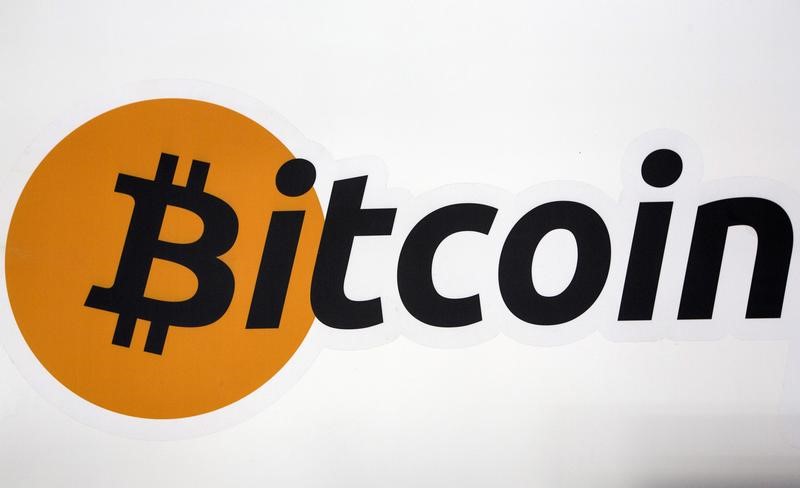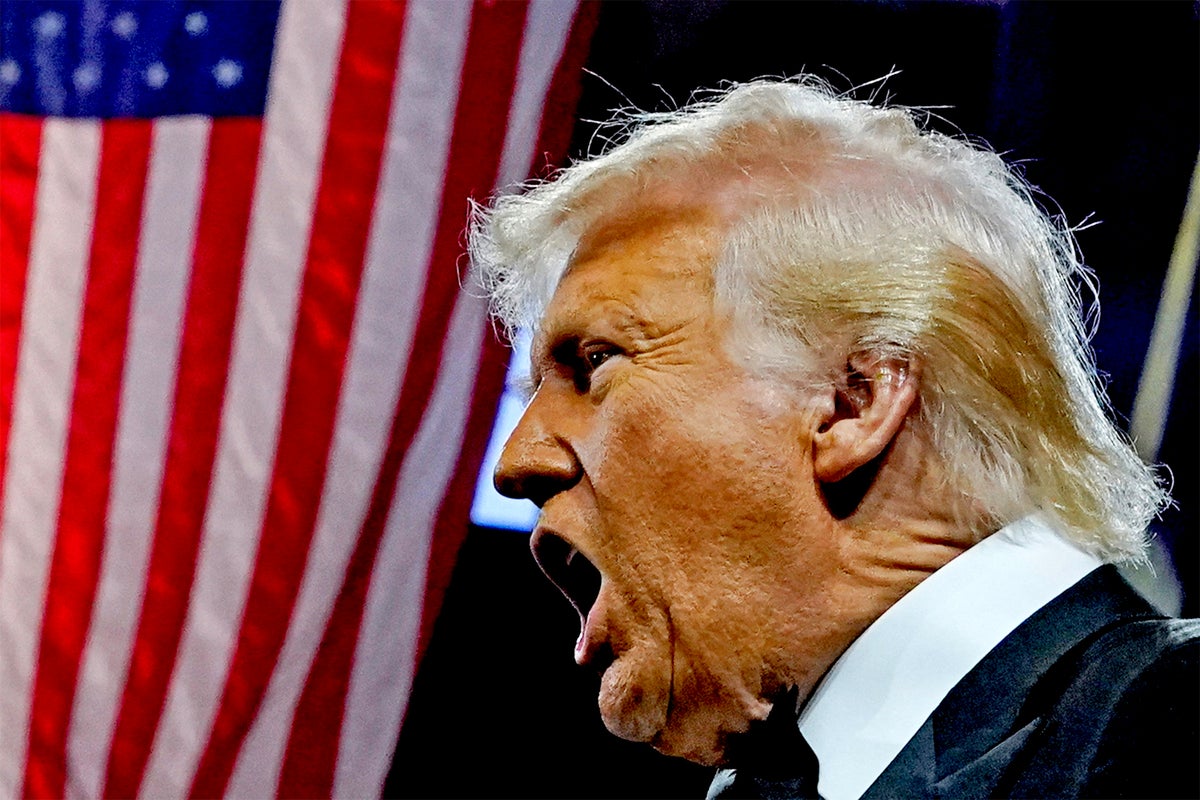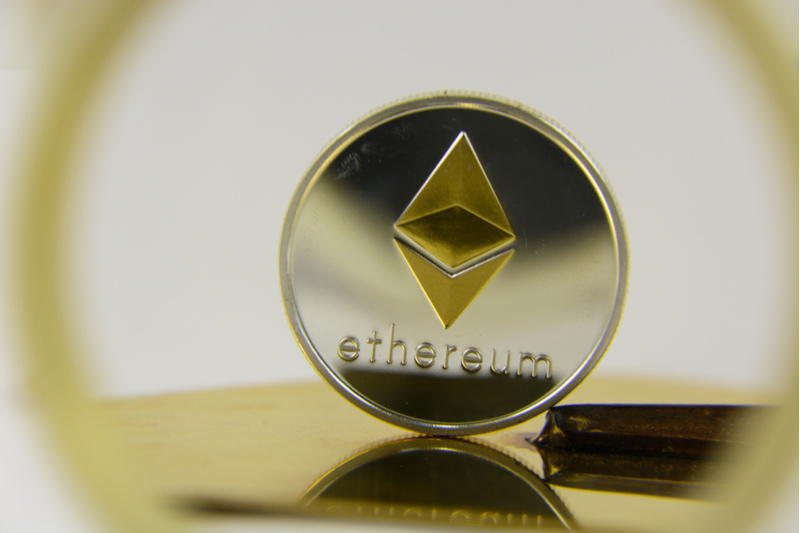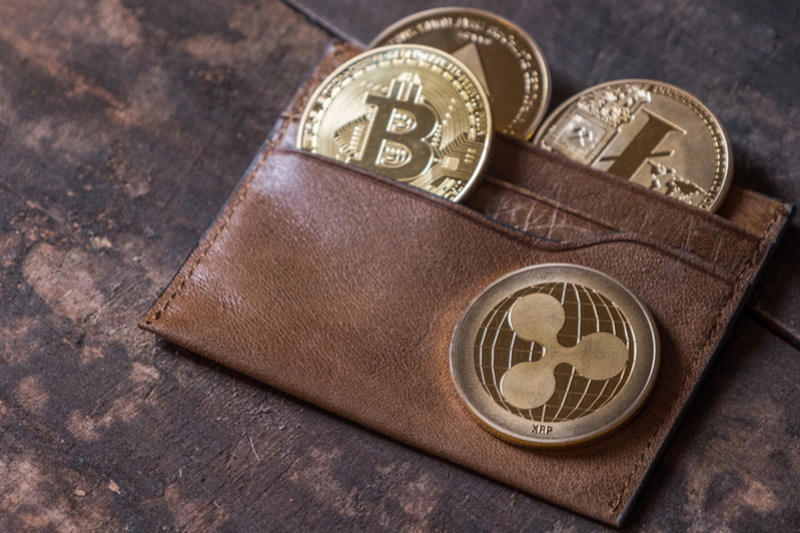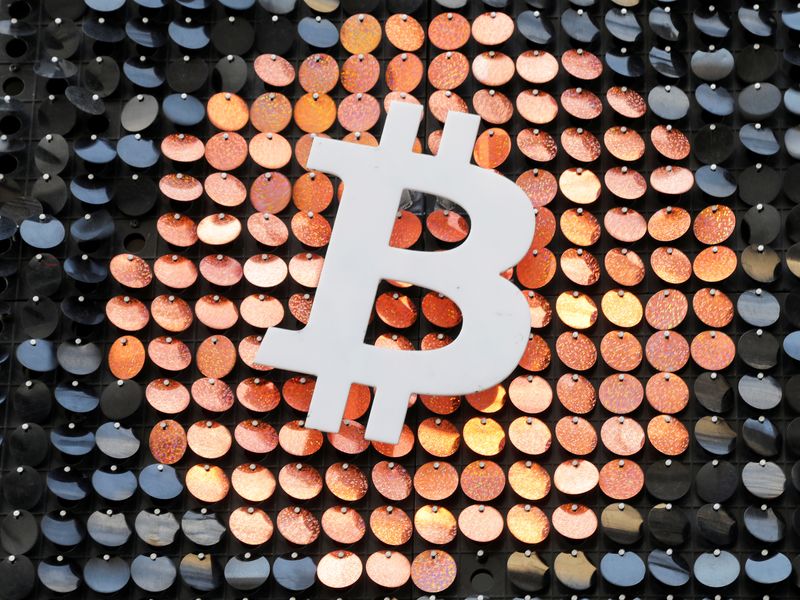A closely watched measure of inflation by the Federal Reserve continued to cool in December, the latest sign that price increases are coming back under control even as growth remains strong and the labor market healthy. In particularly positive news, a key indicator of price increases fell below 3 percent for the first time since early 2021.
The price index for personal consumption expenditures rose 2.6 percent last month compared with a year earlier. This was in line with what economists had forecast and matched November's reading.
But after excluding food and fuel costs, which can vary from month to month, a “core” price index rose 2.9 percent from December 2022. This followed a reading of 3.2 percent in November, and was the lowest since March 2021.
Federal Reserve officials are targeting price increases of 2 percent, so current inflation remains high. Still, it is much lower than its peak of about 7 percent in 2022. In their latest economic projections, central bankers predicted inflation would cool to 2.4 percent by the end of the year.
As inflation returns to its target, authorities have been able to scale back their campaign to slow the economy. Federal Reserve officials have raised interest rates to a range of 5.25 to 5.5 percent, a sharp increase from near zero in early 2022. But they have kept borrowing costs stable at that level since July , giving up a final rate increase they had previously predicted. and have signaled they could cut interest rates several times this year.
Officials are trying to complete the process of stabilizing the economy gently, without inflicting serious economic damage, in what is often called a “soft landing.”
“The bottom line here is that the data remains consistent with a relatively soft landing, at least for now,” said Gennadiy Goldberg, head of U.S. rates strategy at TD Securities. Between strong growth and softer inflation, “they are getting the best of both worlds.”
Now, investors are watching closely to see when and to what extent authorities will reduce borrowing costs.
Federal Reserve officials are treading a delicate line as they decide what to do next. Keeping rates too high for too long could risk cooling the economy more than strictly necessary. But reducing them prematurely could allow the economy to overheat, making it harder to fully control inflation.
Fed policymakers meet next week and officials are expected to leave interest rates unchanged when that meeting concludes Wednesday. Still, markets will closely monitor a news conference with Federal Reserve Chairman Jerome H. Powell for any hint of what might come next.
Powell can offer insight into how the Federal Reserve thinks about the interplay between growth and inflation. The economy continues to grow at a solid pace and unemployment is very low, which many economic models believe could lead to a spike in inflation.
Friday's report showed that consumption rose more than economists had expected in December, for example, especially after adjusting for cold inflation.
But so far, price increases have continued to moderate despite the boost. This came as the labor market balances, supply chain issues linked to the pandemic fade and rent increases fall toward more normal levels.
Given this, officials have focused more on actual price figures in recent months while discussing the political outlook. But they still take growth into account when they think about policy.
Rapid growth is “only a problem to the extent that it makes it harder for us to achieve our goals,” Powell said in December. “It will probably put some upward pressure on inflation. That could mean it takes longer to reach 2 percent inflation. That could mean we need to keep rates higher for longer.”



